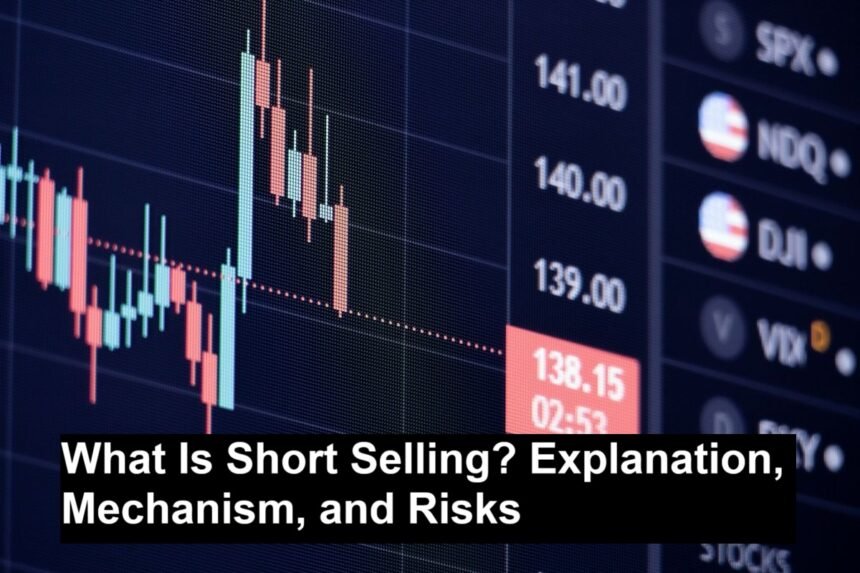Short selling is a term that often pops up in financial news, but what does it actually mean? For anyone intrigued by stock markets, understanding this concept is crucial, because it reveals an entirely different way to approach investing—not for the faint of heart, but certainly fascinating. Allow me to walk you through what short selling is, how the mechanism works, and, of course, the risks that can catch even seasoned investors off guard.
At its core, short selling is a strategy used by traders to profit when they believe the price of a stock or other asset will fall. Instead of buying low and selling high—the classic investing mantra—short selling flips the script: you sell high first and aim to buy back lower later. This reverse approach might sound confusing at first, but the actual process is surprisingly logical when you break it down.
Here’s how it typically works. Imagine you’re convinced that shares of Company X, currently trading for $100 each, are due for a decline. To initiate a short sale, you borrow 100 shares from a brokerage and immediately sell them on the open market, pocketing $10,000. If your prediction is correct—and the stock indeed drops to $80—you can then buy the 100 shares back for only $8,000, return them to the lender, and keep the $2,000 difference (minus fees and interest for borrowing the shares). That’s a successful short!
Mechanically, the entire process relies on the ability to borrow shares. Most retail investors access this feature through margin accounts with their brokers, who maintain pools of available shares from other clients or institutional holders. When you short a stock, the broker records your obligation to return an equivalent number of shares, and the account must meet certain margin requirements throughout the trade. If the price of the stock starts rising instead of dropping, the broker may require you to deposit more funds to maintain the position—a situation known as a margin call.
Beyond the transactional nuances, short selling also serves a bigger purpose in financial markets. It can improve liquidity and price discovery by bringing in dissenting views about the value of a company. Short sellers often scrutinize companies closely, sometimes uncovering fraud or mismanagement that might otherwise go unnoticed. But, this strategy has its share of controversy, too—especially during periods of market turmoil, when waves of short selling can intensify price declines.
The risks of short selling are particularly dramatic. Unlike traditional investing, where you can only lose as much as you put in (after all, a stock cannot fall below zero), short selling exposes you to theoretically unlimited losses. If the price of the stock you’re shorting starts to rise, there’s no ceiling—it could keep climbing forever. That’s why stories of famous short squeezes, where soaring prices force short sellers to buy back shares frantically at higher and higher prices, have become legendary—and sometimes disastrous. The infamous GameStop saga of 2021 is a recent example where retail traders banded together to trigger a short squeeze, leaving some hedge funds with billions in losses.
Let’s not overlook other hazards: the costs for borrowing shares can escalate rapidly, especially if many investors are trying to short the same stock. Dividends paid while you’re shorting must be covered out of your own pocket, and sudden market rallies or company buybacks can drive share prices higher overnight. In volatile markets, these risks multiply—and quick reactions are critical for anyone shorting stocks.
So, why do traders still bother with short selling despite these perils? For some, it’s a hedge—a way to offset risks in a broader portfolio. For others, it presents an opportunity to profit from market corrections or overvalued companies. No matter the motivation, it’s essential to have discipline, a strong understanding of the mechanics, and a well-thought-out exit plan.
In my experience, short selling isn’t just a technical maneuver—it’s a test of nerve and research. The promise of profit is real, but so is the sting of rapid losses. If you’re considering dipping your toes into these waters, remember: knowledge, caution, and preparation are your best allies. The market rewards the informed, but punishes the reckless—never more so than in the world of short selling.












